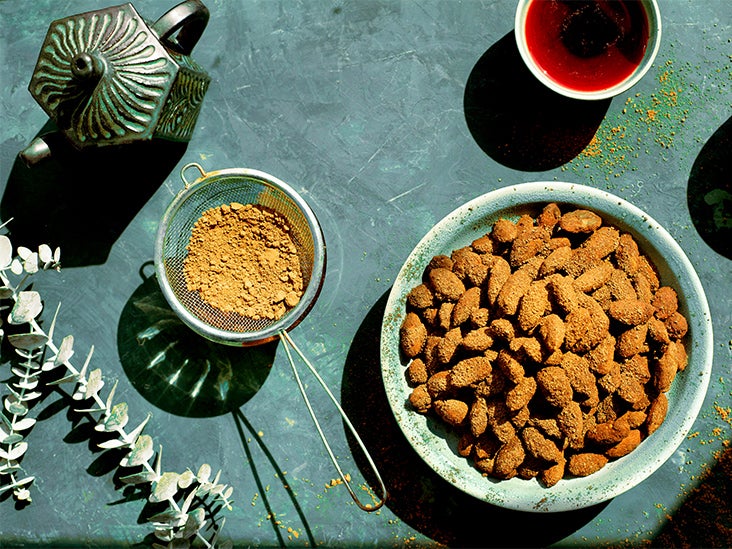Medically reviewed by Alana Biggers, M.D., MPH — Written by Mary Ellen Ellis — Updated on March 7, 2019
What is lichen planus?
Lichen planus is a skin rash triggered by the immune system. It’s not known why the immune response occurs. There may be several contributing factors, and each case is different. Potential causes include:
- viral infections
- allergens
- stress
- genetics
Sometimes lichen planus occurs along with autoimmune disorders. While it may be uncomfortable, in most cases lichen planus is not a serious condition. It’s also not contagious.
However, there are some rare variations of the condition that may be serious and painful. These conditions can be treated with topical and oral medications to reduce symptoms, or by using drugs that suppress the immune system.
Symptoms of lichen planus
Some of the most common symptoms of lichen planus include the following:
- purplish-colored lesions or bumps with flat tops on your skin or genitals
- lesions that develop and spread over the body over the course of several weeks or a few months
- itching at the site of the rash
- lacy-white lesions in the mouth, which may be painful or cause a burning sensation
- blisters, which burst and become scabby
- thin white lines over the rash
The most common type of lichen planus affects the skin. Over the course of several weeks, lesions appear and spread. The condition usually clears up within 6 to 16 months.
Less commonly, the lesions can occur in areas besides the skin or genitals. These may include:
- mucous membranes
- nails
- the scalp
There are also variations of the condition more common in the Middle East, Asia, Africa, and Latin America.











